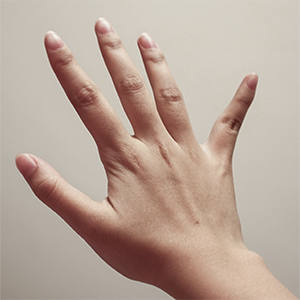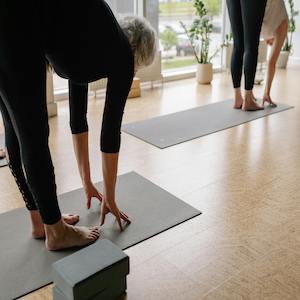Nailfold capillaroscopy in the rheumatological current clinical practice in Italy: results of a national survey

All claims expressed in this article are solely those of the authors and do not necessarily represent those of their affiliated organizations, or those of the publisher, the editors and the reviewers. Any product that may be evaluated in this article or claim that may be made by its manufacturer is not guaranteed or endorsed by the publisher.
Authors
This cross-sectional online study was designed by the study group on Capillaroscopy and Microcirculation in Rheumatic Diseases (CAP) of the Italian Society of Rheumatology (SIR) to provide an overview of the management of nailfold capillaroscopy in Italian rheumatology centers. Therefore, SIR distributed the survey to its members in July 2021, and each center’s physician with the most expertise in capillaroscopy completed the questionnaire. The survey was completed by 102 centers, with at least one representative from each Italian region. Ninety-three centers perform capillaroscopy, and 52 (56) conduct more than 200 investigations annually. Seventy-eight (84%) of respondents have more than five years of experience with the technique, and 75 centers (80.6%) have received certification from specific national or international training courses. In 85 centers, a videocapillaroscope with 200x magnification is employed (91.4%). The average waiting period for the examination is 2.4 months, and less than 3 months in 64 of the locations (68.8%). The study demonstrates that capillaroscopy is an integral part of both the diagnostic phase of Raynaud’s phenomenon and the monitoring of autoimmune connective tissue diseases (CTDs). However, the reporting methods and timing of patient followup are heterogeneous.

This work is licensed under a Creative Commons Attribution-NonCommercial 4.0 International License.
PAGEPress has chosen to apply the Creative Commons Attribution NonCommercial 4.0 International License (CC BY-NC 4.0) to all manuscripts to be published.










